Over the past two decades, Breakthrough has consistently championed bystander intervention through campaigns such as Bell Bajao.
Bystander intervention acts as a critical tool in preventing gender-based violence (GBV) and saving road accident victims. Organisations such as Breakthrough and SaveLIFE Foundation emphasize the power of bystanders in creating safer communities.
Over the past two decades, Breakthrough has consistently championed bystander intervention through campaigns such as Bell Bajao. Most recently, Breakthrough’s campaign Dakhal Dohas been at the forefront of its efforts, focusing on training young people to intervene safely in situations involving gender-based violence and intensive online messaging.
SaveLIFE Foundation, on the other hand, focuses on educating bystanders to provide immediate help to road accident victims, promoting legal protections like the Good Samaritan Law to empower individuals to act without fear of legal consequences.
In conversation with Nayana Chowdhury, Chief Program Officer, at Breakthrough, and Piyush Tewari, Founder and CEO, SaveLIFE Foundation, discussing various aspects of bystander intervention and its role in saving lives.
1. Can you explain what is bystander intervention and how it functions in both individual and collective contexts? (Nayana Chowdhury)
Bystander intervention is the act of someone stepping in when they witness harmful behavior, such as violence or harassment, to stop or mitigate it. For example, just imagine; you are leaving the office and you happen to spot a man shouting at a woman on the road, and the woman is crying. In this situation, you are a bystander witnessing an act of violence. There are other people around who are also watching but not doing anything about it. Some of them think it's not their problem, or it could be an issue they don't want to get involved in. But you decide to intervene by asking the woman if she needs help or distracting the man by asking directions or calling for the attention of authorities. This act of you stepping in is bystander intervention.
This approach has been central to Breakthrough's mission for over 25 years, where we focus on transforming gender norms to make violence against women and girls unacceptable. Individually, bystanders can intervene through simple actions—like in our Bell Bajao campaign, where men were encouraged to ring the doorbell to interrupt domestic violence. Collectively, bystander intervention shifts the problem from being seen as a personal issue to one that is perceived as a community issue, prompting collective action. Through initiatives like Dakhal Do, we are training young people with specific tools and ideas, empowering them to act in public spaces and within their communities.
2. Why is it important to discuss bystander intervention more frequently in various settings? (Nayana Chowdhury)
I believe that bystander intervention needs to be widely discussed because prevention of violence is a collective responsibility. At Breakthrough, we’ve long understood this, as reflected in our campaigns like Bell Bajao. Engaging men and boys to take simple actions against violence helped us demonstrate that standing up against violence isn’t just a private matter but a community responsibility. Proactive engagement with men and boys to identify sustainable solutions to the problem of gender-based violence will bring about positive changes.
The more we talk about bystander intervention, the more we normalise it as a solution, which can help to reduce the public harassment and violence that women and girls often face. Our Dakhal Do campaign aims to familiarize people with what constitutes violence and equip them with the tools to safely intervene.
3. What factors contribute to individuals not adopting a proactive bystander mindset? (Nayana Chowdhury)
Despite witnessing violence or harassment, many people do not act because of several key factors. Public apathy is a significant barrier, as people often assume it is not their issue and hence that someone else should take action. At Breakthrough, our research revealed that many fear getting involved due to potential legal hassles or concerns about their own safety. The popular beliefs around violence being a private matter, adds further to the complications. Additionally, there is a widespread lack of understanding about how to intervene effectively. Our campaigns, like Dakhal Do, are designed to address these concerns by training young people to recognize violence and providing them with specific tools to intervene safely. One of our key objectives is to help people become aware of what constitutes violence and give them the tools and the confidence to intervene.
4. Why is there often hesitation to intervene in situations where people are clearly in need of help? (Nayana Chowdhury)
Hesitation often arises from the fear of getting involved in legal or physical trouble. Breakthrough’s research shows that people worry about what might happen if they intervene—whether they’ll face police involvement or even harm. Additionally, many people simply don’t know how to step in safely, even if they recognize the need for help. Through campaigns like Dakhal Do, we are working to eliminate these fears by training young people to understand what steps they can take to intervene safely. Empowering communities to see violence against women and girls as a shared responsibility can help break the silence and encourage more proactive intervention.
5. How effective is increasing awareness about bystander intervention in nudging individuals to take action in critical situations? (Piyush Tewari)
Road traffic crashes are a public health issue that kill 1.19 million lives globally each year. But there have been countless examples of passers-by holding back, and refusing help to road crash victims. People don’t want to be faced with the police, hospitals and the courts. Many are also unaware of the need for immediate care in the aftermath of a crash, of the fact that most road crash victims die of treatable injuries. However, educating people about a supportive legal framework that allows bystanders to help road crash victims is likely to spur behavioural change. The Supreme Court instituted India’s first Good Samaritan law in 2016 — following a petition by the SaveLIFE Foundation in 2012 — which gives legal protection to bystanders assisting road crash victims without any civil or criminal liability. Bystanders need to feel confident that they will not suffer legal and procedural hassles for aiding road crash victims. And only then can we expect people to come forward and extend helping hands to victims in the crucial minutes following a road crash.
6. Given that your work primarily focuses on road safety, how does bystander intervention play a crucial role in improving safety in public spaces, particularly on the roads? Can you share specific examples or insights into its impact? (Piyush Tewari)
In most road traffic crashes, bystanders are often the first ones to arrive at a scene, even before the police or rescuers. From calling emergency services or providing basic care, active bystander intervention can markedly reduce fatalities or bring down the chances of a victim's condition to worsen. Proactive bystander intervention also has the potential to encourage others to help and recognise their ability to positively influence an outcome. When road crashes and consequent fatalities are understood as a public health issue and not an “accidental” event, communities understand that road safety is everyone's responsibility. While 77% of people surveyed in 2013 (before the Good Samaritan law came into place) said fear of detention at hospitals or treatment charges discouraged them from helping road crash victims, this number stood at 14% in 2018 (after it became a statutory law).* Moreover, over 66% police officials nationally reported an increase in the number of calls received from bystanders after the enforcement of the Good Samaritan Law.
7. How can we cultivate a ‘Good Samaritan’ mindset in different groups of people, stakeholders and administration? (Piyush Tewari)
Equipping people with the knowledge that road traffic crashes are a public health issue is important in encouraging bystander intervention. More importantly, awareness about the Good Samaritan law is imperative in nudging people to act. Another way of cultivating a ‘Good Samaritan’ mindset could be incentives for people who help road crash victims. This method of incentivising bystanders is a two-pronged strategy — of creating awareness about the supportive legal framework and facilitating better implementation of the law. Wecan also impart Basic Trauma Life Support (BTLS) training to communities, students and other stakeholders which can boost confidence to help road crash victims. This mandatory training can trigger a chain of survival wherein first-aid care and emergency services come together to improve a victim’s survival chances. The States should also adopt and adapt its own Good Samaritan law, which will enable allocation of budgets for its implementation. Additionally, campaigns to educate people on the law and motivating them to act/intervene should be conducted. A robust grievance redressal mechanism is also a must to make government authorities accountable for violations of the law and assure the ‘Good Samaritans’ of support.
Bystander intervention is a crucial yet often overlooked aspect of community safety, playing a vital role in preventing gender-based violence and saving lives in road accidents. It is therefore important to empower individuals to step in during critical moments. As awareness and training increase, so does the potential for significant, life-saving action.
![submenu-img]() Meta CEO Mark Zuckerberg spotted wearing watch made from…; it costs over Rs…
Meta CEO Mark Zuckerberg spotted wearing watch made from…; it costs over Rs…![submenu-img]() Indian women's chess team wins historic gold at Chess Olympiad 2024
Indian women's chess team wins historic gold at Chess Olympiad 2024![submenu-img]() Meet cricketer-turned-entrepreneur who built Rs 100 crore company backed by Malaika Arora, Shahid Kapoor, Jennifer Lopez
Meet cricketer-turned-entrepreneur who built Rs 100 crore company backed by Malaika Arora, Shahid Kapoor, Jennifer Lopez![submenu-img]() Vir Das invites budding designers to create his outfit as International Emmy Awards host: 'Not going to wear a...'
Vir Das invites budding designers to create his outfit as International Emmy Awards host: 'Not going to wear a...'![submenu-img]() Who is Anura Kumara Dissanayake, new President of Sri Lanka? All you need to know
Who is Anura Kumara Dissanayake, new President of Sri Lanka? All you need to know![submenu-img]() Sri Lanka Elections: श्रीलंका के नए राष्ट्रपति होंगे अनुरा दिसानायके, मजदूर का बेटा बना राष्ट्रपति
Sri Lanka Elections: श्रीलंका के नए राष्ट्रपति होंगे अनुरा दिसानायके, मजदूर का बेटा बना राष्ट्रपति![submenu-img]() MP में सेना की स्पेशल ट्रेन उड़ाने के पीछे किसका हाथ?, जांच में जुटी NIA, धमाके की आवाज सुन लगाया ब्रेक
MP में सेना की स्पेशल ट्रेन उड़ाने के पीछे किसका हाथ?, जांच में जुटी NIA, धमाके की आवाज सुन लगाया ब्रेक![submenu-img]() Bengal Floods: सीएम ममता बनर्जी ने DVC से पानी छोड़ने पर लिखा PM को पत्र, सीनियर अधिकारियों का इस्तीफा
Bengal Floods: सीएम ममता बनर्जी ने DVC से पानी छोड़ने पर लिखा PM को पत्र, सीनियर अधिकारियों का इस्तीफा![submenu-img]() Sridevi की बेटी बन बॉलीवुड में बनाई पहचान, अब Prabhas की इस फिल्म से हिंदी सिनेमा में करेंगी वापसी
Sridevi की बेटी बन बॉलीवुड में बनाई पहचान, अब Prabhas की इस फिल्म से हिंदी सिनेमा में करेंगी वापसी![submenu-img]() चोरी से भारत में घुसे 11 बांग्लादेशी गिरफ्तार, चेन्नई-अहमदाबाद जाने की थी तैयारी, GRP के सामने उगले राज
चोरी से भारत में घुसे 11 बांग्लादेशी गिरफ्तार, चेन्नई-अहमदाबाद जाने की थी तैयारी, GRP के सामने उगले राज![submenu-img]() Ford to return to India after 2 years with reopening of....
Ford to return to India after 2 years with reopening of....![submenu-img]() Maruti Suzuki launches new Swift CNG, check price, mileage, other features
Maruti Suzuki launches new Swift CNG, check price, mileage, other features![submenu-img]() ‘30 LPA, 3BHK, no in-laws’: Woman earning Rs 1.32 lakh salary lists demands for future husband, netizens say...
‘30 LPA, 3BHK, no in-laws’: Woman earning Rs 1.32 lakh salary lists demands for future husband, netizens say...![submenu-img]() In a big EV push, Centre launches Rs 10900 crore PM E-Drive scheme to replace…
In a big EV push, Centre launches Rs 10900 crore PM E-Drive scheme to replace…![submenu-img]() World’s longest car has helipad, swimming pool, mini-golf course, can seat over…; it cost…
World’s longest car has helipad, swimming pool, mini-golf course, can seat over…; it cost…![submenu-img]() IAS officer Tina Dabi’s schedule shows she studied 11-hour a day; check UPSC topper's marksheet and time table
IAS officer Tina Dabi’s schedule shows she studied 11-hour a day; check UPSC topper's marksheet and time table![submenu-img]() Meet man from Uttar Pradesh who cracked UPSC in first attempt, resigned as IAS officer after 12 years due to...
Meet man from Uttar Pradesh who cracked UPSC in first attempt, resigned as IAS officer after 12 years due to...![submenu-img]() Meet man who once worked as bicycle mechanic, became engineer, then cracked UPSC exam with AIR...
Meet man who once worked as bicycle mechanic, became engineer, then cracked UPSC exam with AIR...![submenu-img]() CBSE registration, LoC submission big update: Important notice for students, check details here...
CBSE registration, LoC submission big update: Important notice for students, check details here...![submenu-img]() CBSE registration, LoC submission big update: Important notice for students, check details here
CBSE registration, LoC submission big update: Important notice for students, check details here![submenu-img]() Congress President Kharge Slams & Opposes 'One Nation, One Election' Proposal, Calls It Impractical
Congress President Kharge Slams & Opposes 'One Nation, One Election' Proposal, Calls It Impractical![submenu-img]() Why 'One Nation One Election' Is important? Ashwini Vaishnaw Explains After It Gets Cabinet Approval
Why 'One Nation One Election' Is important? Ashwini Vaishnaw Explains After It Gets Cabinet Approval![submenu-img]() Jammu Kashmir Assembly Election 2024 Phase 1 Highlights: What Happened In First phase In J&K Polls?
Jammu Kashmir Assembly Election 2024 Phase 1 Highlights: What Happened In First phase In J&K Polls?![submenu-img]() One Nation One Election: Centre Clears Proposal, Bill To Be Introduced In Winter Session | Modi 3.0
One Nation One Election: Centre Clears Proposal, Bill To Be Introduced In Winter Session | Modi 3.0![submenu-img]() Haryana Elections 2024: Is BJP Set To Lose In Haryana? Anti-Incumbency And Other Factors Analysed
Haryana Elections 2024: Is BJP Set To Lose In Haryana? Anti-Incumbency And Other Factors Analysed![submenu-img]() Inside pics of Anant Ambani and Radhika Merchant's Dubai villa gifted by Mukesh Ambani and Nita Ambani, worth Rs…
Inside pics of Anant Ambani and Radhika Merchant's Dubai villa gifted by Mukesh Ambani and Nita Ambani, worth Rs…![submenu-img]() Anupam Mittal’s Playbook: The Secrets Behind Building Iconic Brands
Anupam Mittal’s Playbook: The Secrets Behind Building Iconic Brands![submenu-img]() Meet woman, who came to India as tourist, established Rs 49000 crore firm, know her connection with Ratan Tata
Meet woman, who came to India as tourist, established Rs 49000 crore firm, know her connection with Ratan Tata![submenu-img]() Meet Delhi man, whose street food made him 'crorepati', rides BMW to work, his business is...
Meet Delhi man, whose street food made him 'crorepati', rides BMW to work, his business is...![submenu-img]() Meet man, one of Surat's richest, whose son worked at bakery for Rs 200 a day, gift flats to employees, net worth is...
Meet man, one of Surat's richest, whose son worked at bakery for Rs 200 a day, gift flats to employees, net worth is...![submenu-img]() 8 amazing images of distant galaxies by NASA's Hubble Space Telescope
8 amazing images of distant galaxies by NASA's Hubble Space Telescope![submenu-img]() Most luxurious train rides in the world
Most luxurious train rides in the world ![submenu-img]() This star was called ugly child, filed case against mother, slapped Sanjeev Kumar; her husband was burnt alive at...
This star was called ugly child, filed case against mother, slapped Sanjeev Kumar; her husband was burnt alive at...![submenu-img]() 7 foods that can add extra years to your life
7 foods that can add extra years to your life![submenu-img]() In pics: Triptii Dimri sets the stage on fire, raises the temperature in green slit lehenga
In pics: Triptii Dimri sets the stage on fire, raises the temperature in green slit lehenga![submenu-img]() Bystander Intervention: Powerful Tool for Combating Gender-Based Violence AsWellAs Saving Victims of Road Accidents
Bystander Intervention: Powerful Tool for Combating Gender-Based Violence AsWellAs Saving Victims of Road Accidents ![submenu-img]() Uday Bhanu Chib appointed Indian Youth Congress Chief, succeeds Srinivas BV
Uday Bhanu Chib appointed Indian Youth Congress Chief, succeeds Srinivas BV![submenu-img]() Mamata Banerjee writes second letter to PM Modi on devastating 'man-made' flood in South Bengal
Mamata Banerjee writes second letter to PM Modi on devastating 'man-made' flood in South Bengal![submenu-img]() Arighat's Rise: India's Nuclear Might in a Godless World
Arighat's Rise: India's Nuclear Might in a Godless World![submenu-img]() PIL in Supreme Court seeks SIT probe into Tirupati laddu row
PIL in Supreme Court seeks SIT probe into Tirupati laddu row




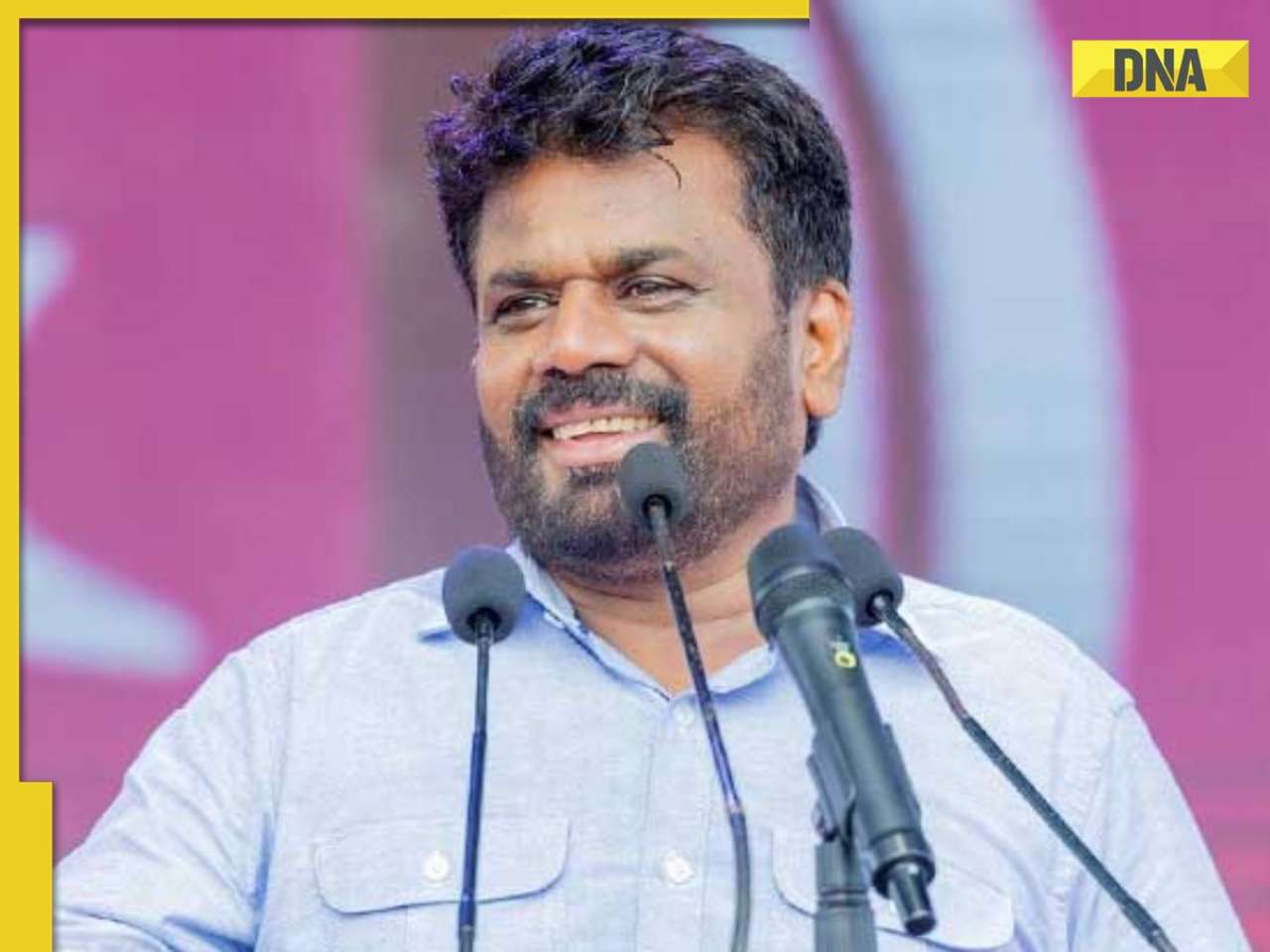
















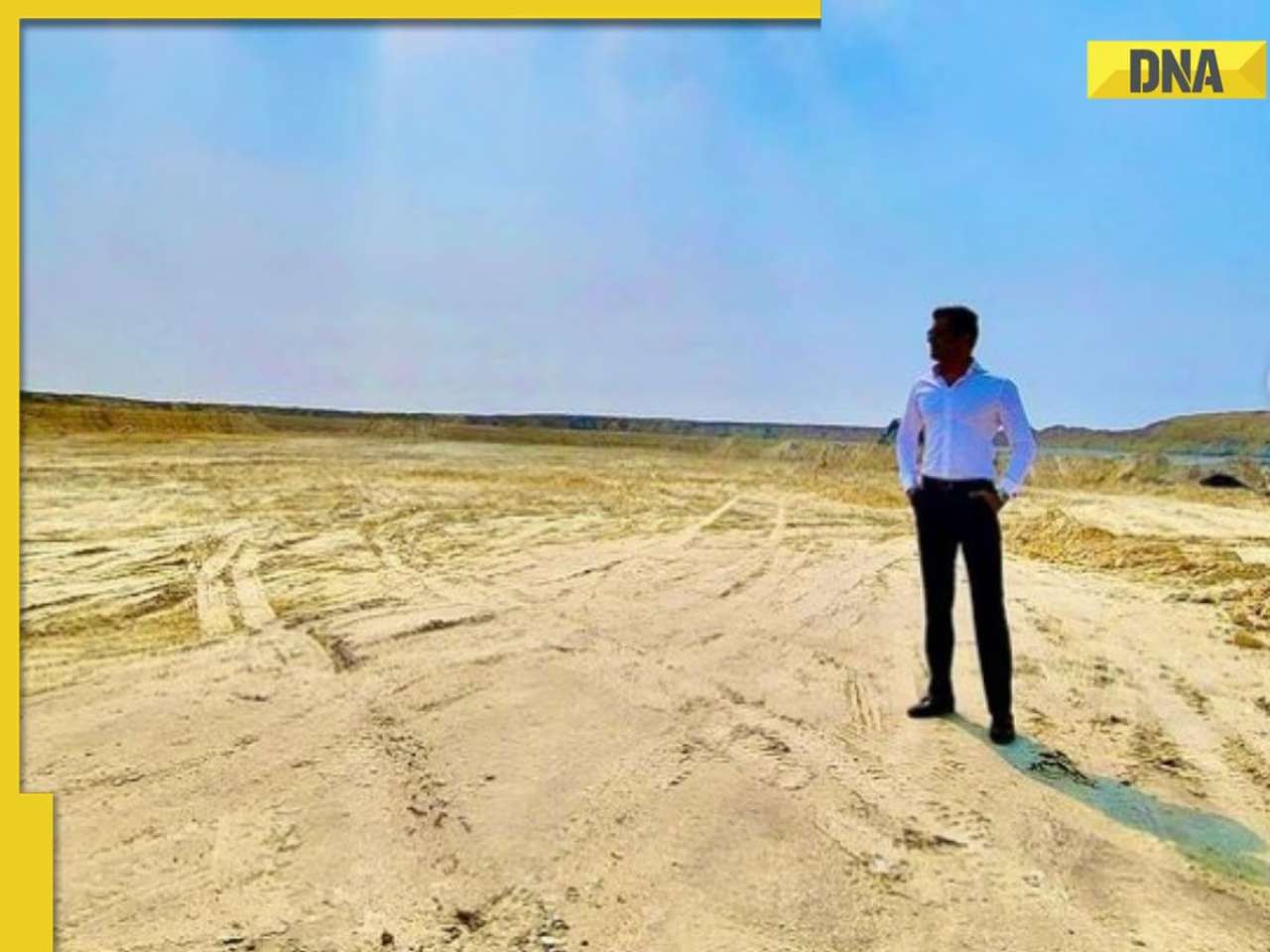

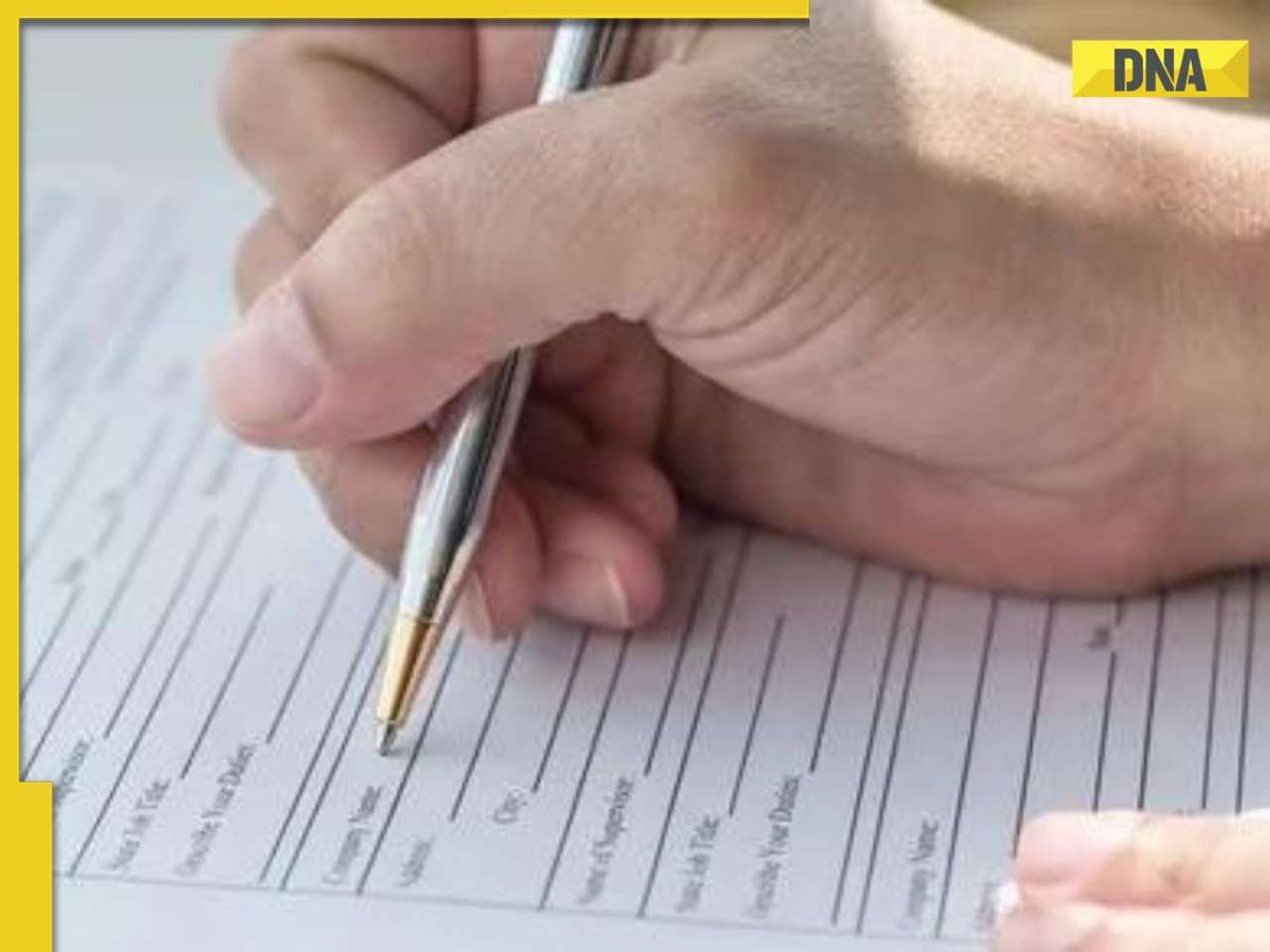
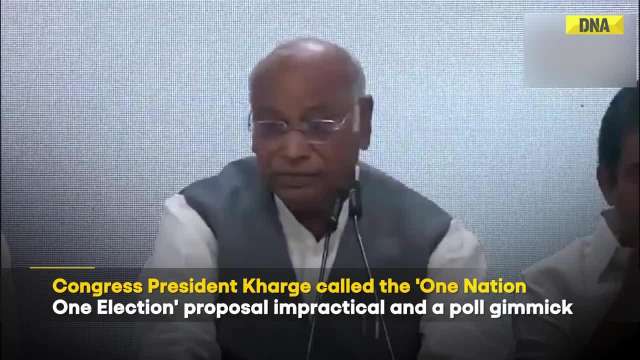
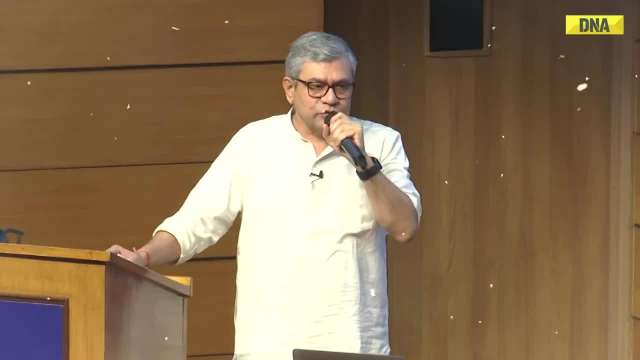

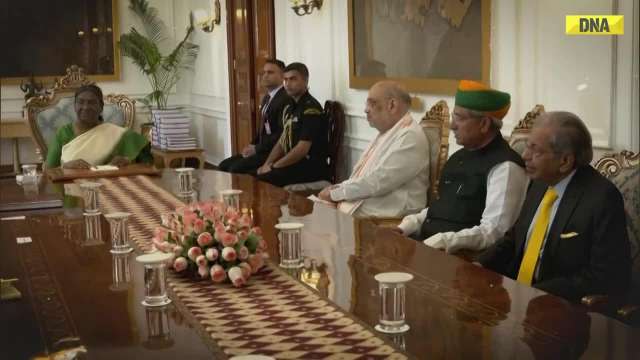











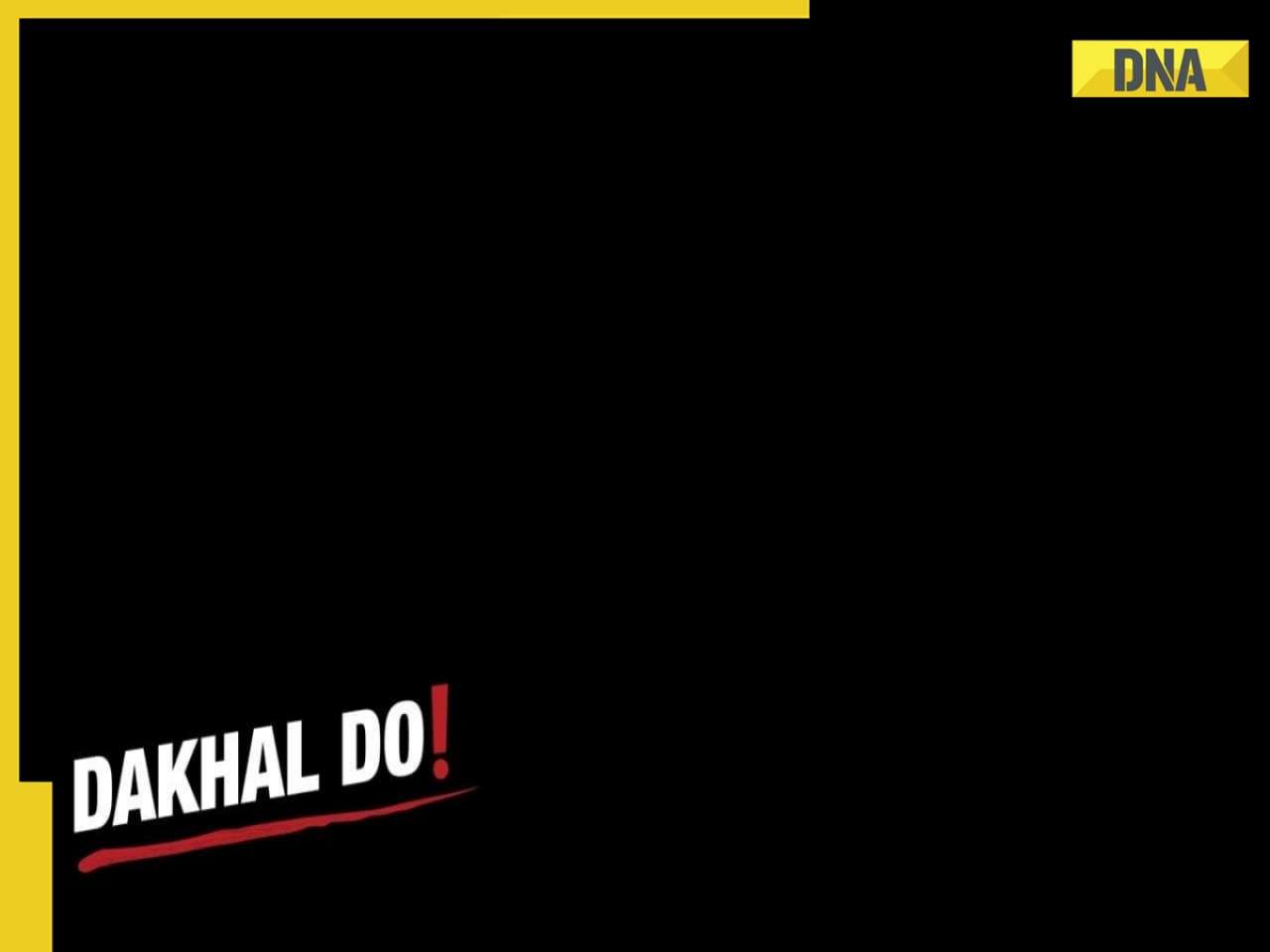
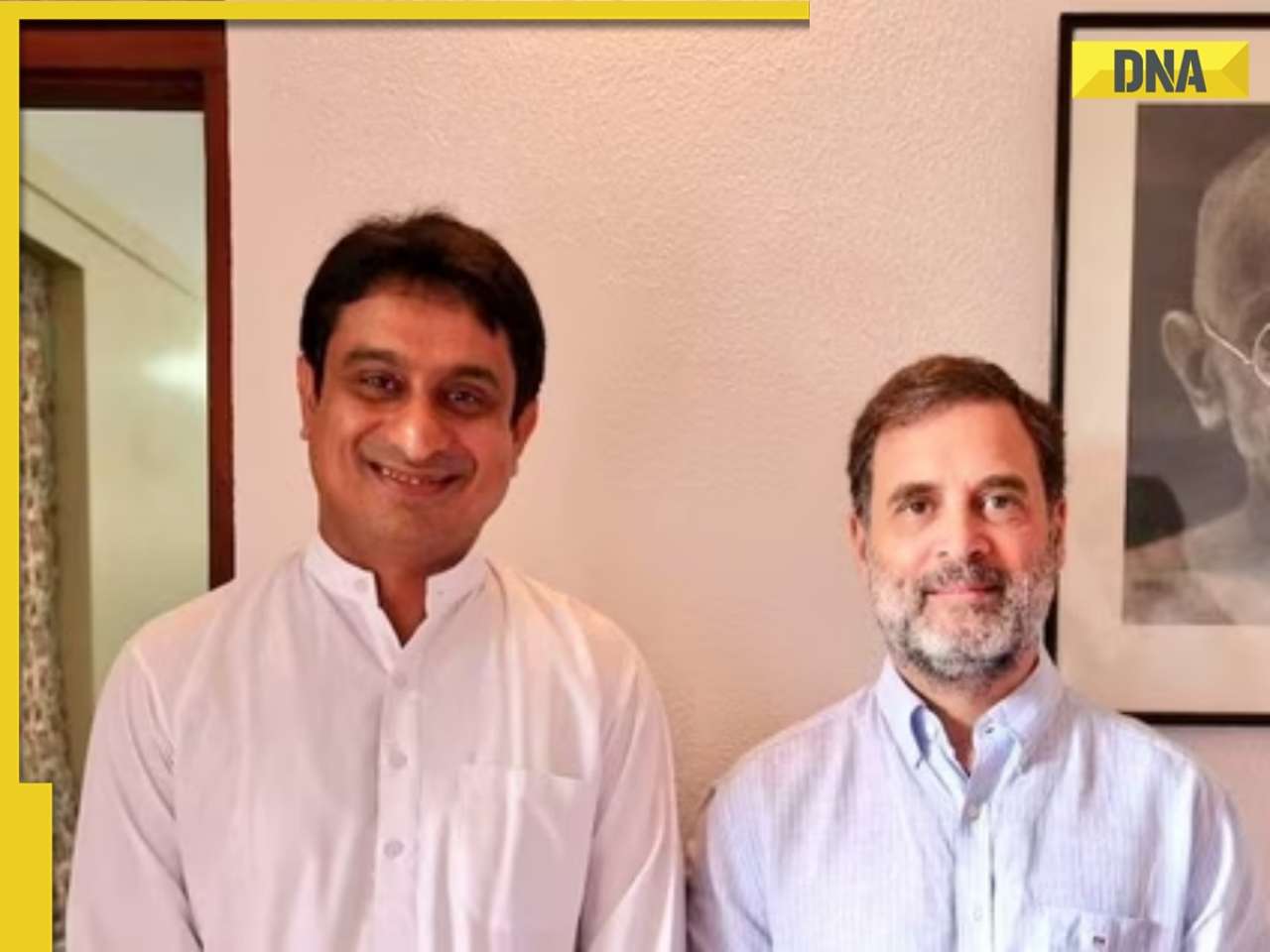


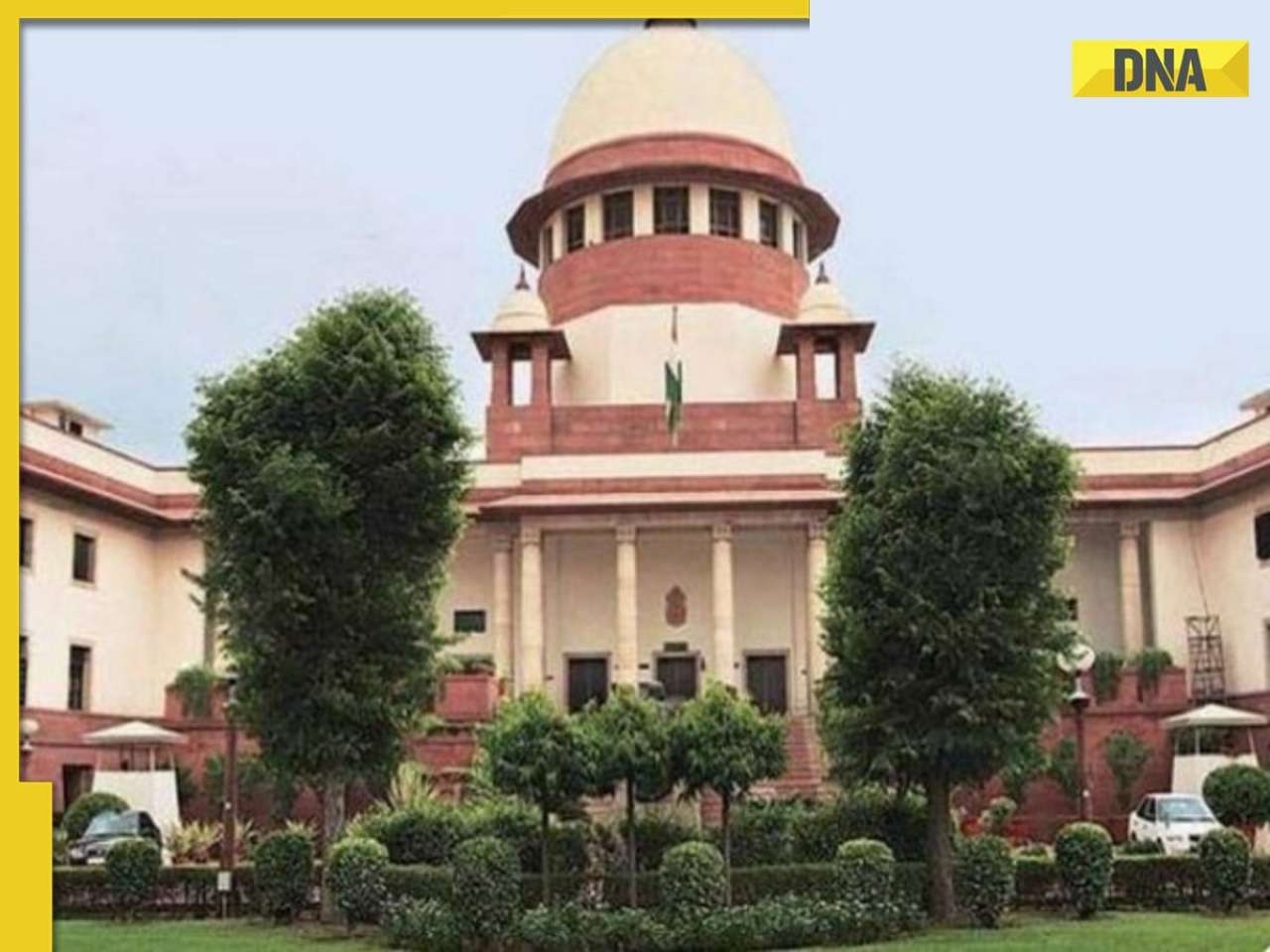

)
)
)
)
)
)
)
)
)
)
)
)
)
)
)





)
)
)
)
)
)